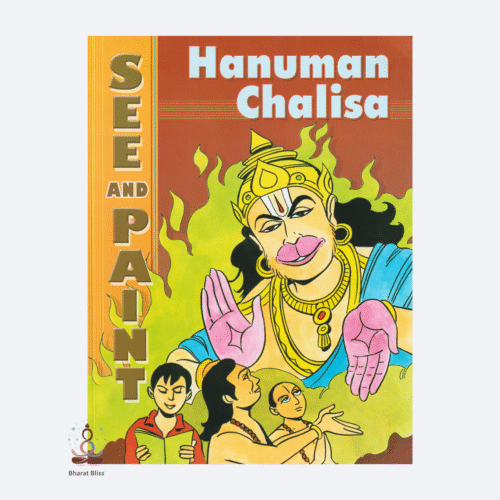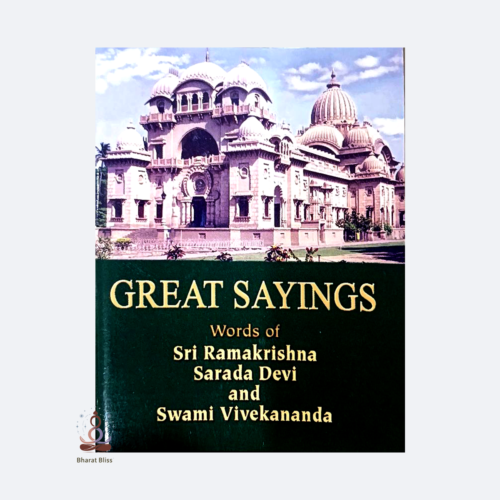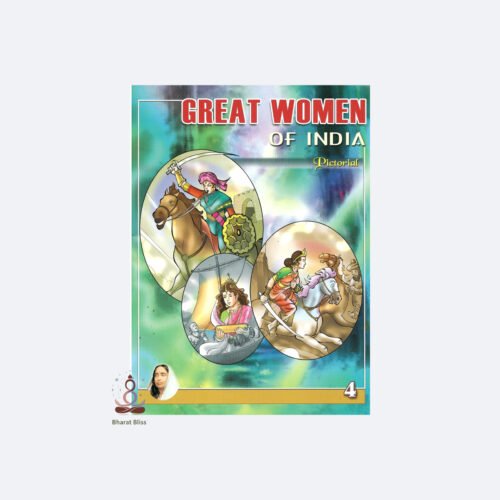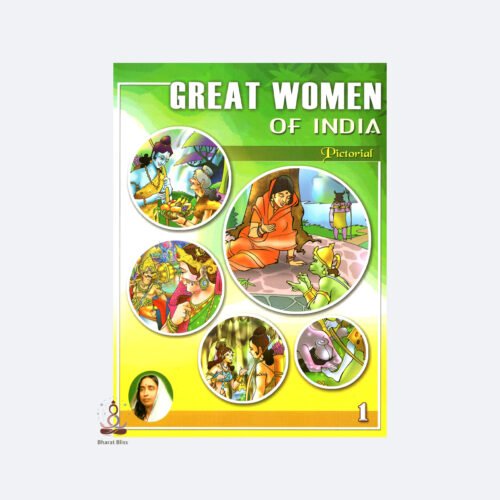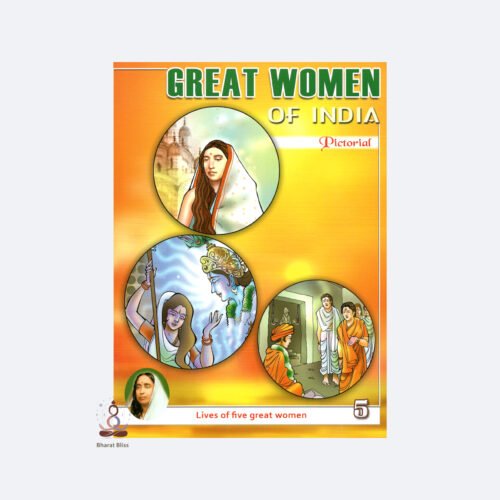🕉️ Hanuman Chalisa
The Hanuman Chalisa is a devotional hymn dedicated to Lord Hanuman, a powerful and revered deity in Hinduism known for his strength, loyalty, and unwavering devotion to Lord Rama. The word Chalisa means forty, referring to the 40 verses (excluding the opening and closing couplets) that make up the hymn.
Written by the great poet-saint Goswami Tulsidas in the 16th century, the Hanuman Chalisa is composed in Awadhi, a dialect of Hindi. It is considered one of the most popular and widely recited hymns in Hindu tradition.
✨ Significance of the Hanuman Chalisa
-
Spiritual Strength: Reciting the Hanuman Chalisa is believed to invoke the blessings of Lord Hanuman, bringing courage, strength, and protection.
-
Protection from Evil: It is often recited for protection from negative energies, fear, and obstacles.
-
Devotion and Focus: It enhances concentration and helps one stay spiritually grounded.
-
Healing and Peace: Many believe it has calming effects on the mind and can promote emotional healing.
📜 Structure of the Hanuman Chalisa
The hymn is structured as follows:
-
1 opening couplet (Doha) – an invocation.
-
40 verses (Chaupais) – each verse praises Hanuman’s qualities, deeds, and virtues.
-
1 closing couplet (Doha) – concluding with a request for blessings.
🌺 Themes in the Hanuman Chalisa
-
Hanuman’s birth and divine powers
-
His unmatched devotion to Lord Rama
-
His heroic feats in the R
-
Burning Lanka
-
Bringing the Sanjeevani herb to save Lakshman
-
-
amayana, including:Crossing the ocean to find Sita
-
His humility, intelligence, and bravery
-
Prayers for strength, wisdom, and protection

